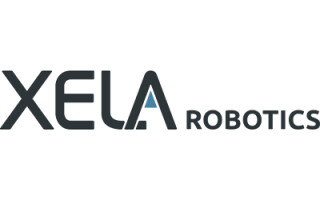Sensors Expo 2015: Linear Technology on the current (and voltage) state of energy harvesting
June 17, 2015

Energy harvesting technologies are the stuff that dreams are made of in the minds of engineers. If perfected, they could help us reduce emissions, sav...
Energy harvesting technologies are the stuff that dreams are made of in the minds of engineers. If perfected, they could help us reduce emissions, save on power bills, and eliminate those infernal batteries. That being said, energy harvesting is a long way from perfect.
Sam Nork, Director of Linear Technology’s Boston Design Center walked me through a few of the most common energy harvesting technologies out there today, which he identifies as solar, thermal, and vibration. At a fundamental level, the technology architecture each energy harvesting is the same in that they all require a transducer and power management IC. However, each energy source comes with unique challenges, most notably in the forms of voltage and current:
• Solar power cells, particularly single-cell solar panels are often low voltage. Being that solar is one of the more widely studied energy harvesting technology there is more technology available to design engineers, usually at a lower cost. However, to make the most out of solar energy a power management IC that is optimized for lower voltages is required.
• Thermal energy harvesting is more difficult to design in, says Nork, because significantly more current is generated but at a lower voltage than solar. For example, a 10-degree temperature differential may only yield 20 mV, which is so little that Linear has designed components that maintain an open control loop just to keep the power management ICs running.
• Vibration comes at the opposite end of the spectrum, as the amount of energy released yields very high voltages. However, with the high voltage also comes high impedance, so, in effect, whenever you attempt to pull current from the vibration output, voltage collapses. For these environments, specialized high voltage, high impedance components are necessary.
In short, careful consideration has to be given to current, voltage, and impedance properties when selecting transducers and power management ICs for the various energy harvesting technologies. However, perhaps the bigger challenge now is finding transducers that are practical in terms of size and cost (for more on energy harvesting and SWaP, check out “Cutting the cord – Energy harvesting in wearables.”)
Outside the need for smaller, cost-effective, more efficient transducers, however, companies like Linear Technology are innovating on multi-input energy harvesting technologies that pair two sources (solar, vibration, 4 mA to 20 mA loops, or high impedance AC/DC currents) with a primary or rechargeable battery. These battery extender architectures can include supercapacitor storage so that any harvested energy doesn’t go to waste, as well as a buck-boost converter that allows designers to accurately measure a battery’s charge by actively tracking coulombs passing through a battery. Depending on the application, this sort of architecture can increase battery life by 4x to 5x.

[Figure 1 | Released in 2013, the DC2080A Energy Harvesting Multi-Source Demo Board with Transducers is a starter kit for power management professionals looking to design low-power energy harvesting systems.]
[Figure 2 | The recently announced LTC3110 Buck-Boost Supercapacitor Charger allows design engineers to not only store harvested energy, but also accurately track a battery’s charge.]
Obviously there’s still a ways to go before we can lose batteries altogether, part of which is a mindset, Nork says. But if transducers improve, there may be a battery-less future out there yet.




